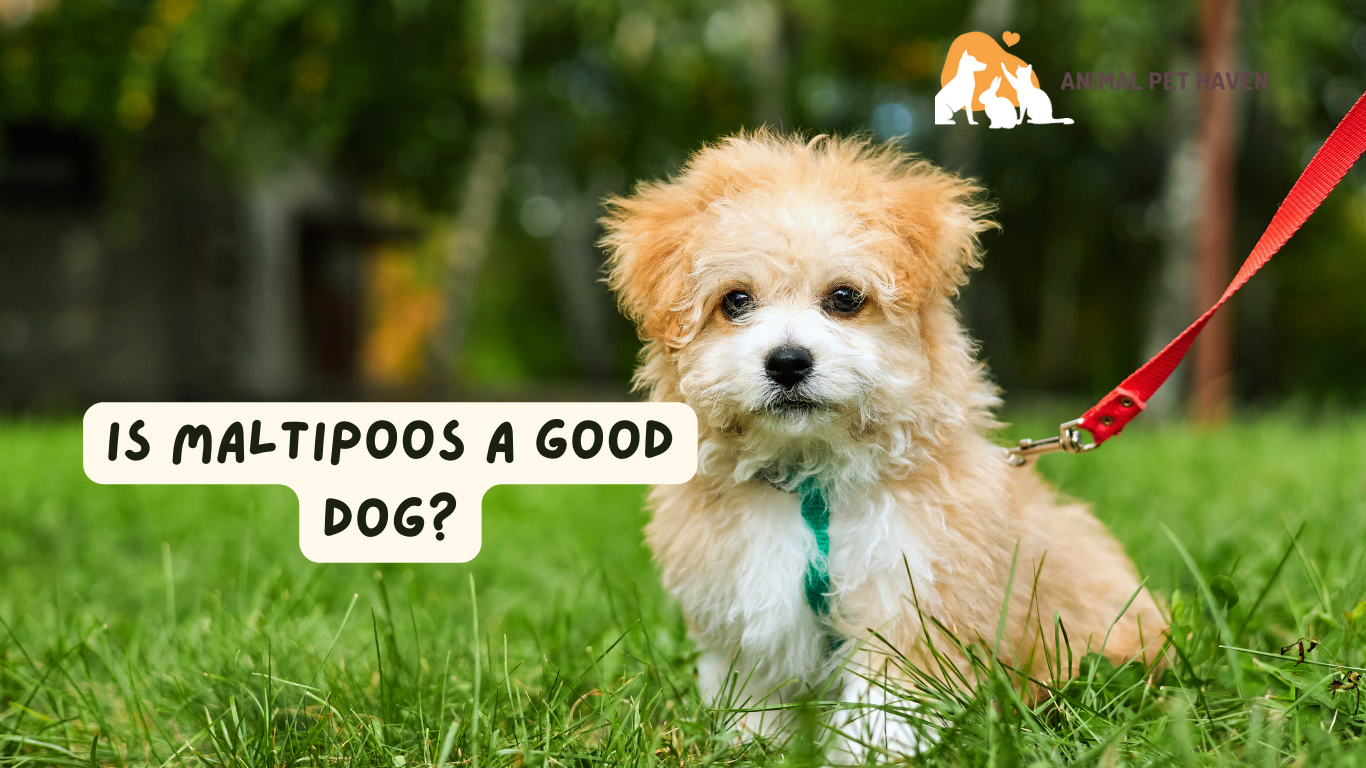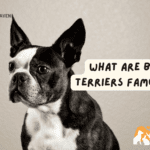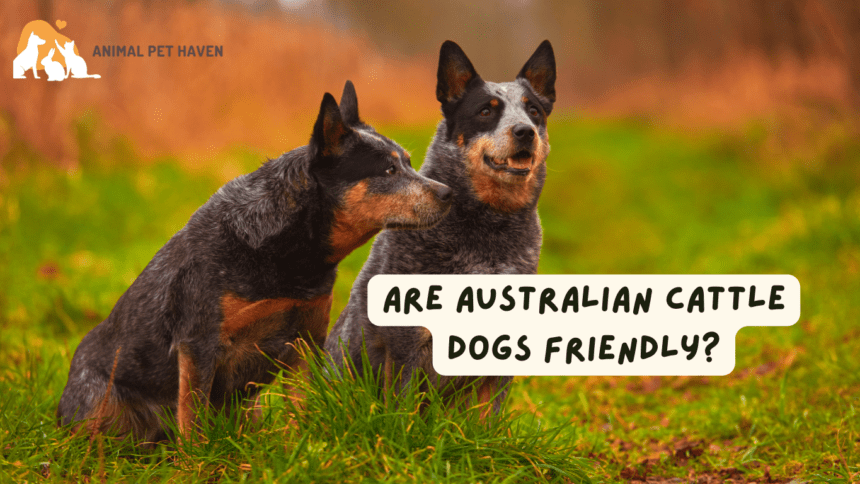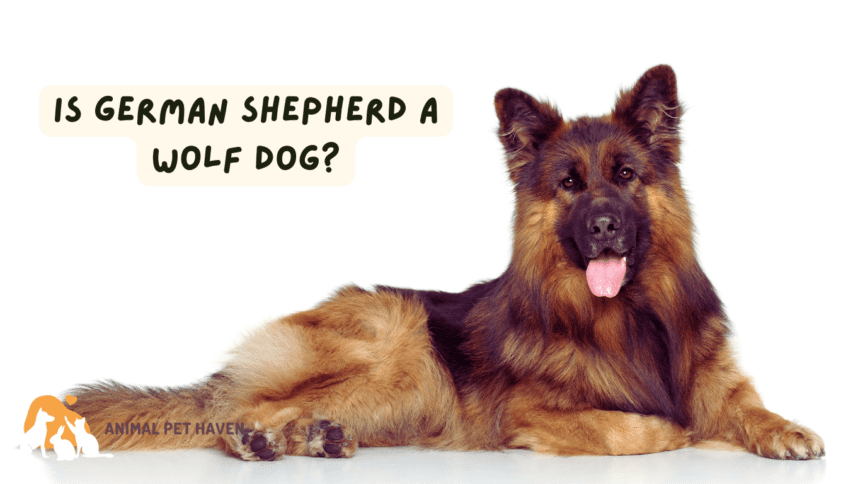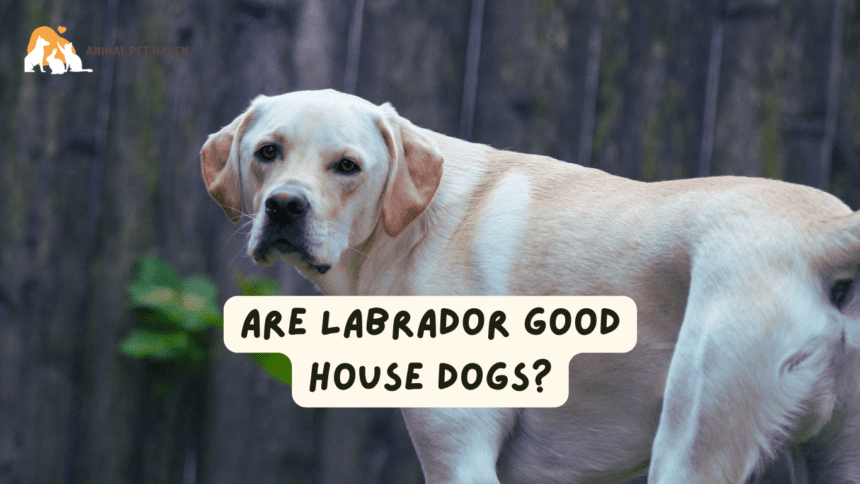Maltipoos are fun and intelligent dogs, but they lack the always-on-the-go personality of some other breeds. A regular walk and some backyard play sessions can help them release some of their pent-up energy.
Pam Nichols, DVM, CCRP, CFI, past president of the American Animal Hospital Association, describes Maltipoos as pleasant companions who adore their owners. However, they are unaware of how small and adorable they are. Maltipoos frequently act as watchdogs, barking to notify their family if they see or hear something unusual.
Nonetheless, Maltipoos are eager to please their owners. With consistent positive reinforcement training, Maltipoos can learn good manners and remain puppy-like for the rest of their lives—roughly 13–16 years.
Maltipoo’s Health Issues
Before you consider getting a Maltipoo puppy, you should be aware of the health difficulties that this breed may face. According to Nichols, Maltese-Poodle hybrids can develop a variety of health conditions, making pet insurance a wise purchase.
Patellar Luxations
Luxating patella is a common health condition in Maltipoos. It occurs when a dog’s kneecap is not properly aligned and slides out of position. This health issue can be surprising to Maltipoo parents because their pup may appear normal one moment and then be in discomfort and limping the next. Dogs with luxating patellas frequently have a distinctive bunny hop to their walk. Sometimes the issue resolves on its own, but in severe situations, surgery may be required. If left untreated, luxating patellas cause chronic pain and arthritis.
Dental disease
Maltipoos, like many other small dog breeds, can develop periodontal disease, also known as gum disease. This occurs when bacteria in the mouth cause receding gums, bone resorption, and tooth loss.
“Everyone who owns a Maltipoo needs to teach their dog how to have their teeth cleaned,” Nichols said. “Every tooth, every surface, every day.” Pet owners must brush their dog’s teeth with dog-specific toothpaste. Starting this habit when your Maltipoo puppy is young will allow them to become accustomed to it as they age.
“Maltipoos should never have bad breath,” Nichols adds. “The smell of foul breath indicates that germs are present. Brushing your dog’s teeth daily from puppyhood can help reduce germs.
Temperament
The Maltipoo temperament is difficult to beat. They are lovers through and through—gentle, affectionate, fun-loving, and cheerful. Maltipoos are entirely content watching life go by from their human’s lap, and they are equally willing to play fetch as they are to snuggle.
Marlene Kingston, breeder and trainer of My Doodle Maltipoos, values each of the parent breeds that contribute to the hybrid’s uniqueness. “Each [Maltipoo] has a big personality and a lot of energy that comes from the poodle parent, but they also want to be loved and cuddled by their human, which comes from their Maltese parent,” Kingston said.
Maltipoos are attentive and will bark at anything strange (or not so suspicious), but don’t expect them to get aggressive. They can get along with almost anyone, as long as they are properly socialized in puppyhood.
Living Needs
The Maltipoo understands they are a member of the family and should be treated as such. They must be indoors with their humans, and they may even claim a space on the couch as their own. Because they don’t enjoy being outside, this dog doesn’t require a large backyard—they flourish in apartments and smaller settings. However, they still require regular activity to expend their (often high) energy. Maltipoos can also be vocal, alerting their family if they notice or hear anything unusual. If they’ll be living near neighbors, they’ll require constant training to figure out what’s worth barking about and what isn’t.
Patience is necessary; Maltipoos are intelligent but sensitive. Aggressive behavior will force them to shut down (like with any dog). Positive reinforcement, plenty of goodies, and play will help speed up the training process and make it more pleasurable for both the dog and the trainer.
Maltipoos, with their sweet demeanor, get along with practically anyone, animal or human. They do well in multi-dog or cat households, regardless of whether they were reared with their pet pals. Maltipoos may be amazing family dogs and are excellent around youngsters, according to Christman, but they may require some coaching to determine which toys are theirs to play with and which are off-limits.
Care
Despite their low-shedding coat, Maltipoos can be high-maintenance dogs in terms of grooming. To keep their medium-long wooly coat clean and healthy, they will need to brush it daily. If they are not brushed thoroughly, they may develop severe matting or ulcers on their skin.
They’ll need to be bathed once a month and clipped every few weeks, except for the area around their face and eyes, which will need to be trimmed monthly. Smaller dog breeds often spend more time indoors than outside, therefore, their nails will not have the opportunity to naturally file down. Examine and clip your dog’s nails once a month to keep them healthy. Expect to brush your Maltipoo’s teeth at least a few times per week.
Maltipoos have a lot of energy yet require only moderate exercise. A quick 15-minute walk or a game of fetch indoors will keep them content and healthy. They love to play, so introducing some fun into training will yield the best outcomes.
“Maltipoos require plenty of time to be potty trained, whether it is using the wee pads indoors or going outside to do their business,” he states.
Health
The Maltipoo’s lifespan ranges from 10 to 13 years. While health difficulties are uncommon in Maltipoos, there are several conditions to be aware of as a conscientious puppy parent.
“White shaker syndrome is something [to discuss] with your veterinarian,” Dr. Christman states. “Not all Maltipoos develop it, but it’s something to be aware of. Ensure that both parents of a Maltipoo have patellar health clearances from the Orthopedic Foundation for Animals (OFA).
Luxating patellas are rather common in this breed. Christman also mentions allergies, dental disease, and gradual retinal atrophy as potential issues for the little hybrid. Most small dog breeds are prone to oral health issues, so a healthy diet, dental treats, and regular brushing can all help prevent future vet visits. Consult a veterinarian to determine what diet is appropriate for your maltipoo.
History
The Maltipoo, as a relatively recent crossbreed, has very little history. They were first intentionally bred in the United States within the last 20–30 years. The Maltipoo’s popularity has skyrocketed due to its even temperament and “hypoallergenic” reputation; it is currently among the most popular designer dog breeds.
Maltipoo’s Behavior
Maltipoos are sensitive and thrive in a structured and controlled environment. They thrive in homes where they are mostly surrounded by their families, and if they must be left alone for a short period, they should be crate-trained to feel protected.
These little Maltese-Poodle mixes can be extremely barky, alerting you to anything outdoors, from the mail carrier to a neighboring squirrel. So, while Maltipoos’ tiny size makes them ideal for apartment living, your next-door neighbors may not appreciate the noise.
Maltipoo Training
A Maltipoo’s eagerness to please and intellect make training them simple. When training your dog, always utilize positive reinforcement tactics, but be aware of how many goodies you give him; these calories can rapidly mount up. To avoid overfeeding your Maltipoo, try rewarding them with praise and toys instead.
Skin Care
To keep your Maltipoo’s skin healthy, get them professionally groomed every four to six weeks. Faust believes that regular bathing and brushing are two of the most vital responsibilities while caring for a Maltipoo. These two steps assist in preventing skin infections and matting fur.
“Brushing your Maltipoo every day is essential,” according to Faust. “If their coat mats up, it becomes tight, and you won’t be able to brush them out at home without hurting them.”
Coat Care
A Maltipoo’s coat can be wavy like its Poodle parent or straight and smooth like its Maltese father. Most Maltipoos have all-white fur, although their coats can also be black, gray, cream, brown, or gold.
Regardless of how your Maltipoo appears, it must be brushed regularly with a wire slicker brush. Pet parents who want a more relaxed routine might hire a groomer to give their dog a lovely Maltipoo haircut, such as the short, so-called “puppy cut.” This makes their coat easier to maintain, but they will still require regular visits to the groomer for face-framing, nail trims, and other maintenance.
Eye care
Maltipoo puppies can be born with clogged tear ducts, which can result in tear stains as they grow older. Pet parents should clean their Maltipoo’s eyes using a pet-friendly eye cleaner as needed to remove any tear stains. To prevent tear stains, “you can have a simple cosmetic procedure done on your Maltipoo puppy to open the tear ducts,” Nichols advises.
Read More…
Is a Siberian Husky a Good House Dog?

